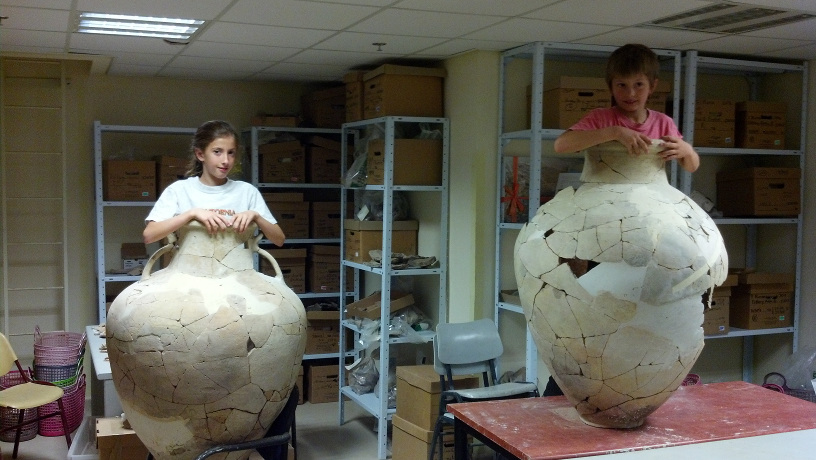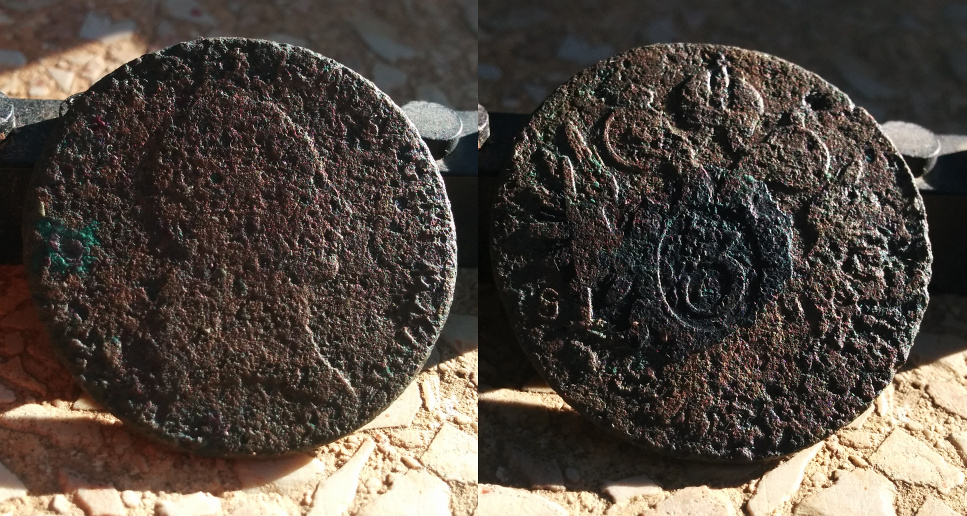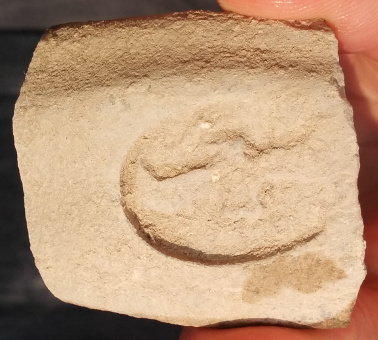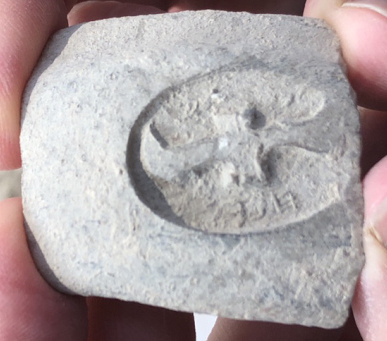Being married to a lecturer of archaeology has a tendency to get me also out into the field, literally.

These pots took my supervisor and I six months to put together. Together they consist of 360 pieces. We didn’t start with two separate piles of 180 shards. We started with hundreds of shards of different shapes and colors. Gradually finding random pieces that fit each other until two distinct pots started forming.
Every time my wife comes home from a dig, I ask her: “Did you find anything?” The standard answer would be: “Yes, some rocks that looked like a wall and some broken pottery from the bronze and iron age.” Unfortunately they didn’t use coins in the First Temple Period, so it’s hard to date things precisely.

I once found a coin at a site on the Mount of Olives from the reign of Franz II, the last Holy Roman Emperor before Napoleon’s conquest. It was minted in about 1800 C.E., not even old enough to rate as an antiquity with the Israel Antiquities Authority.
Canaanite pottery sometimes has colorful decorations on it but Israelite pottery is rarely decorated (think: no graven images). Rarely are pots stamped with writing in this period – with one exception! King Hezekiah stamped some storage pot handles on jars that were in use when he was threatened by Sennacherib in 701 BC. So far about 2000 of these impressions have been found representing 21 different inscriptions.
 |
 |
| Before and | After washing |
Imagine everyone’s excitement when I pulled one out of the dirt at last week’s excavations at Tel Burna. This was not something abstract that was from somewhere in the Iron Age, but could be precisely dated and connected to a specific king of Judah. I might even sign up for the archaeology course offered for international students in the Year in Israel program at the Israel College of the Bible.